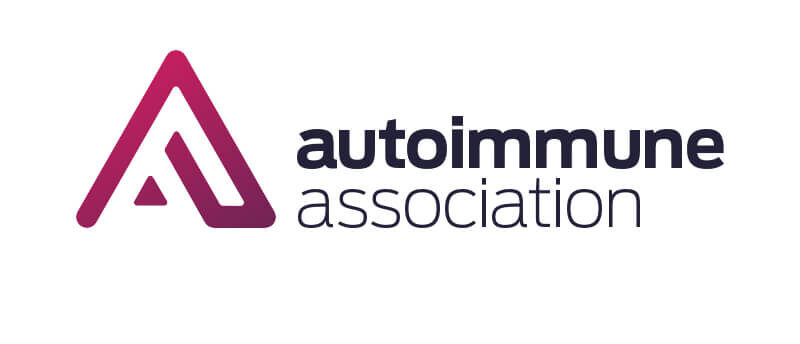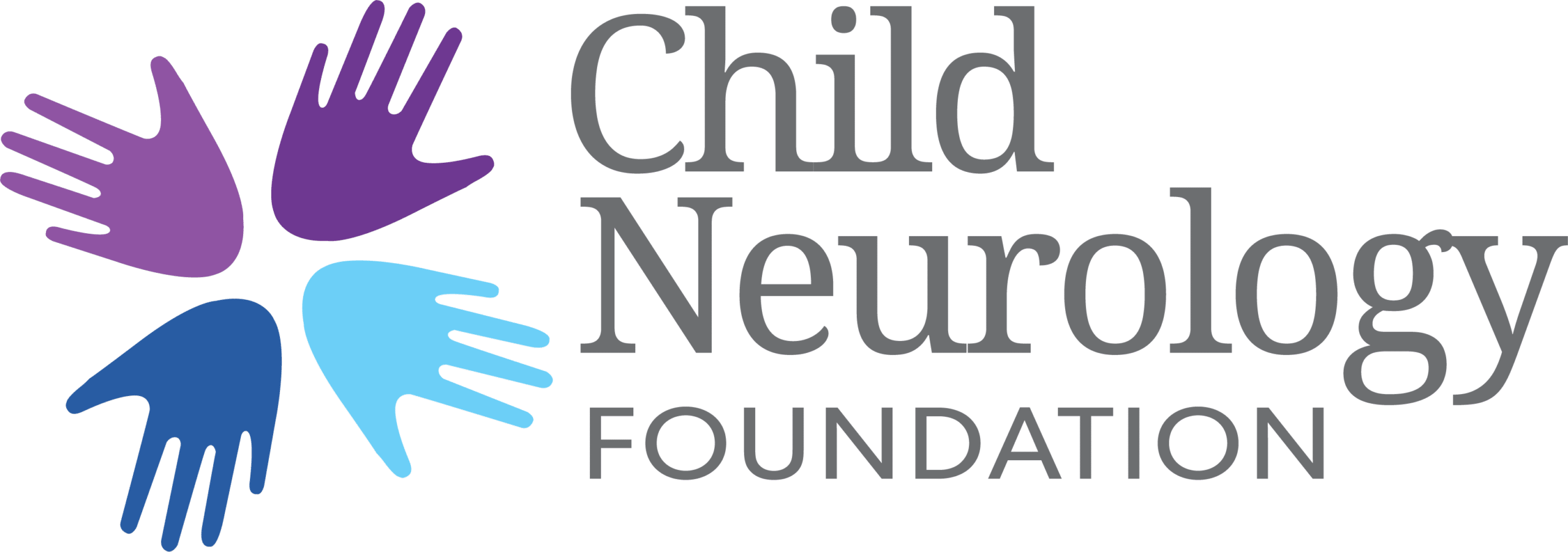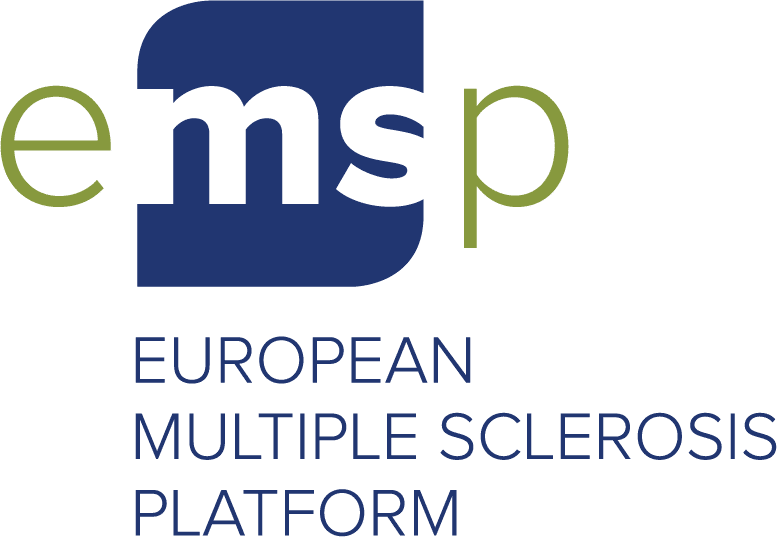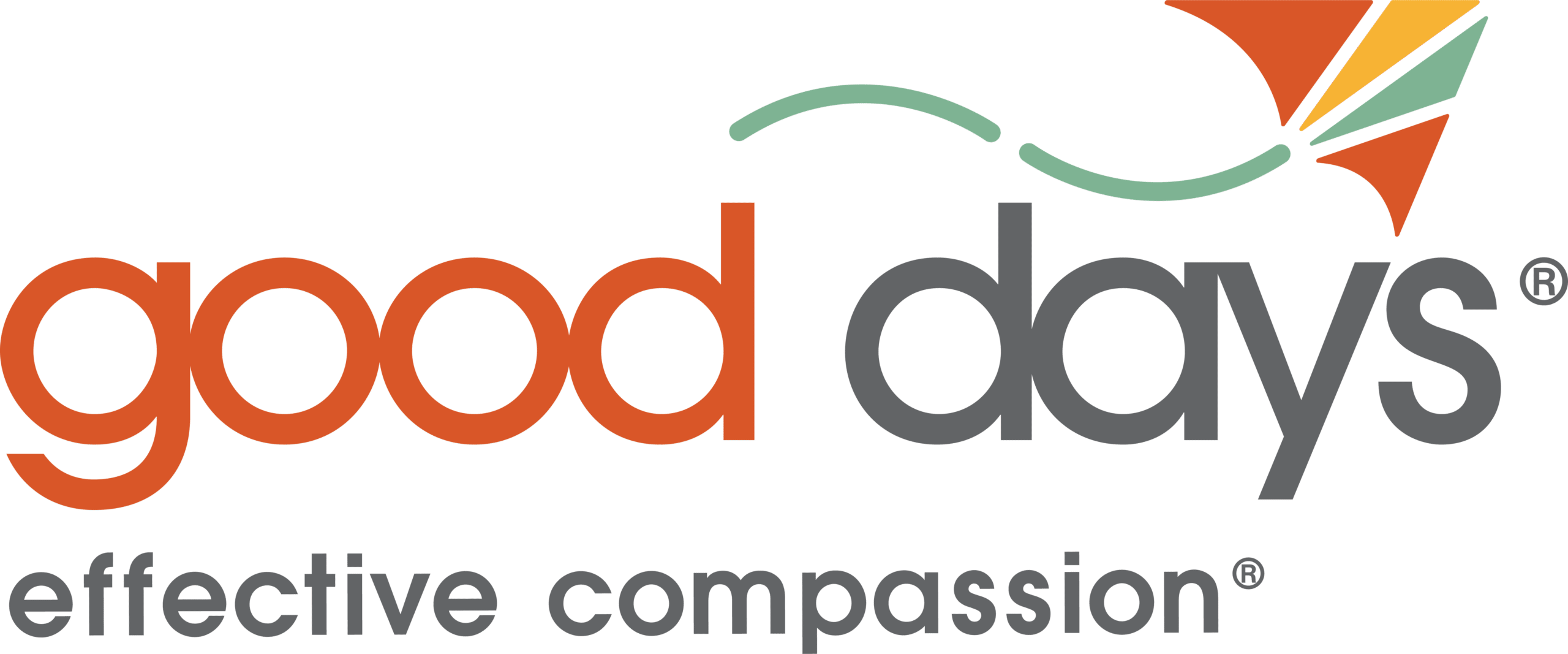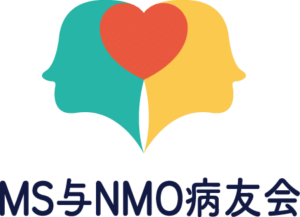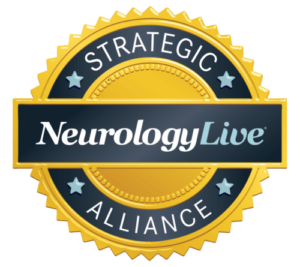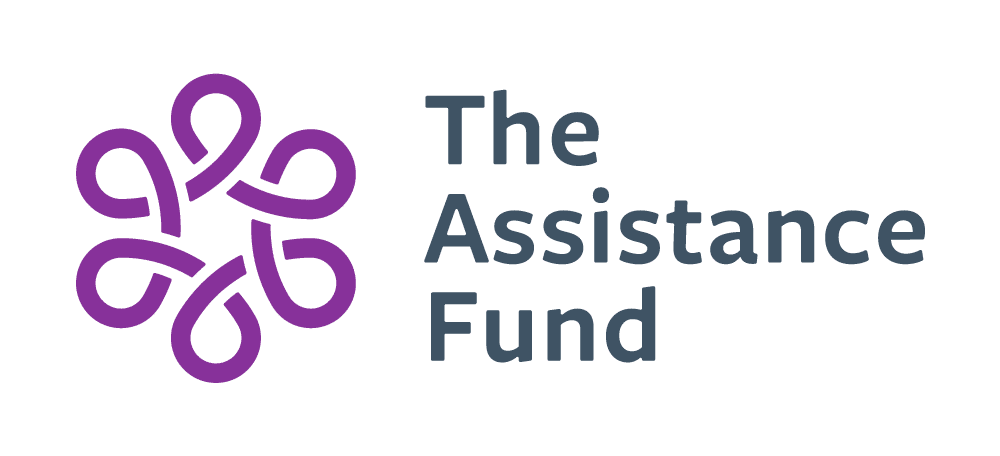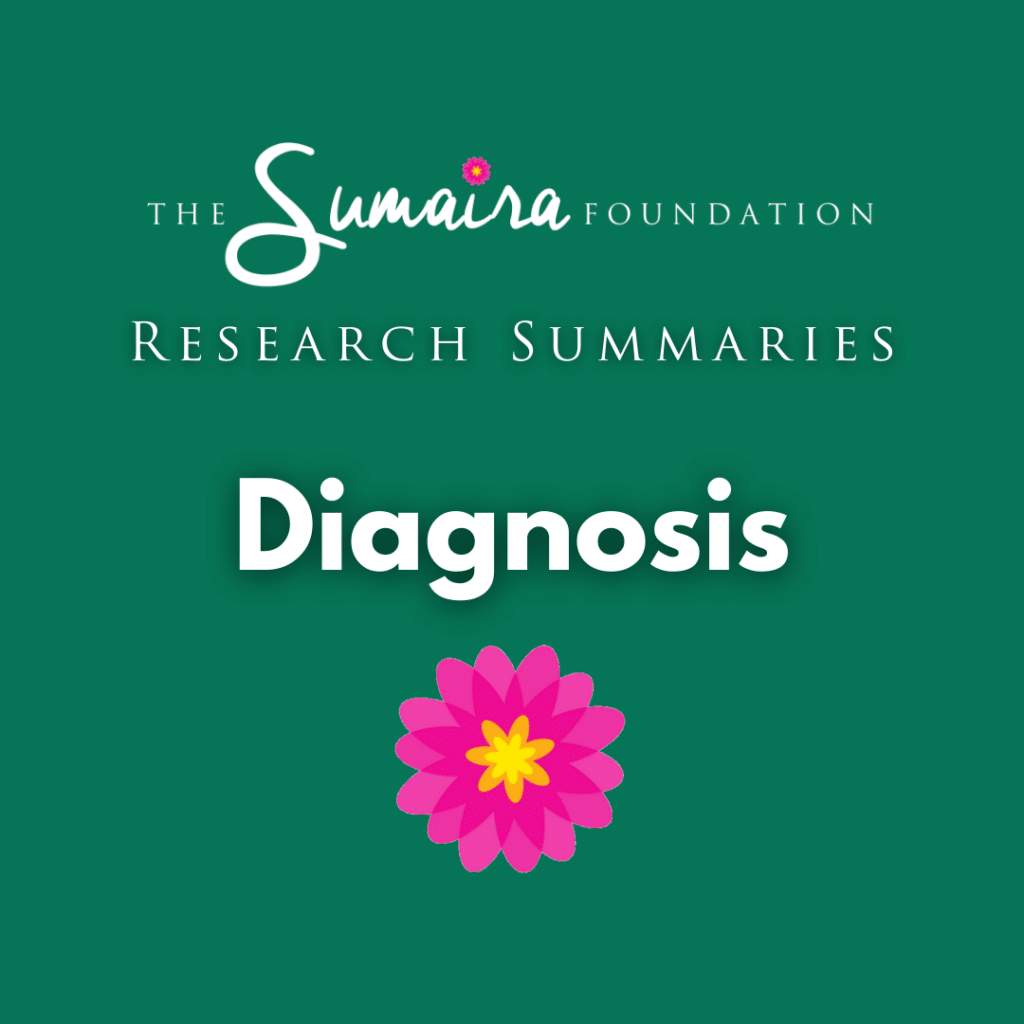
Update on the diagnosis and treatment of neuromyelits optica spectrum disorders (NMOSD) – revised recommendations of the Neuromyelitis Optica Study Group (NEMOS). Part I: Diagnosis and differential diagnosis
Journal: Journal of Neurology; April 6, 2023
Author(s): Sven Jarius, Orhan Aktas, Ilya Ayzenberg, Judith Bellmann-Strobl, Achim Berthele, Katrin Giglhuber, Vivien Häußler, Joachim Havla, Kerstin Hellwig, Martin W Hümmert, Ingo Kleiter, Luisa Klotz, Markus Krumbholz, Tania Kümpfel, Friedemann Paul, Marius Ringelstein, Klemens Ruprecht, Makbule Senel, Jan-Patrick Stellmann, Florian Then Bergh, Hayrettin Tumani, Brigitte Wildemann, Corinna Trebst; Neuromyelitis Optica Study Group (NEMOS)
Updated recommendations for the diagnosis of NMOSD
A group of experts called the neuromyelitis optica study group (NEMOS; see www.nemos-net.de) was founded in 2008 in the US to broaden the understanding of NMOSD and similar but distinct disorders, such as MOGAD. NEMOS has published several US-wide and international multicenter investigations and practical recommendations on the diagnosis and treatment of NMOSD and MOGAD. This paper, part 1 of 2, updates the last NEMOS recommendations for the diagnosis of NMOSD, which were published in 2014.
The recommendations include:
- When to consider NMOSD? Factors based on clinical investigation and its general prevalence in certain populations
- How should NMOSD be diagnosed?
- What alternative diagnoses should be considered?
- Practical recommendations for antibody testing, cerebrospinal fluid analysis, other laboratory tests, MRI, and vision/eye function tests
- A commentary on unmet needs
Patients can refer to this paper for shared decision-making with doctors at the time of diagnosis.
Free Access: Full text







